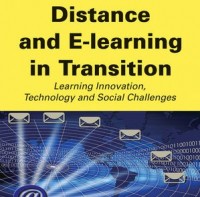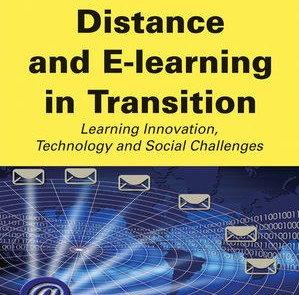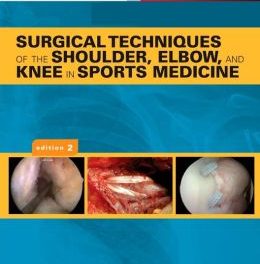 Editors: Ulrich Bernath, Andreas Szucs, Alan Tait and Martine Vida
Editors: Ulrich Bernath, Andreas Szucs, Alan Tait and Martine Vida
Publisher: Wiley – Higher Education – 857 pages
Book Review by: Paiso Jamakar
This book was put together from the vast volume of papers read and discussed in the Conferences of the European Distance and E-Learning Network (EDEN) held for nine years from 2001 to 2009.
The core purpose of the members of EDEN is to undertake and advance research in the fields of distance learning as well as e-learning and flexible learning. Discovery and sharing of individual and institutional findings and other scholarly activity have been the hallmark of this association of e-learning professionals.
The choices of topics covered and the approaches to them as reflected in the EDEN conference and this book, no doubt represent a European perspective, as different from that in other parts of the world. But the range of subjects discussed in those meetings and here in this volume is quite a comprehensive one.
The articles presented in this valuable work point out the importance of developing skills needed for all countries to advance economically in this century.
The Contents section of this book spans 22 pages, which gives you an idea that range of topics covered in it is broad and long, meaning the subject matter coverage is not only extensive but also intensive.
The material gathered for this book’s 56 chapters by the four editors is vast, from more than 90 authors listed on 11 pages with names, affiliations and countries of origin. What gives you the best perspective on the sheer value and richness of this book is that the list of names, whose work is discussed or at least mentioned in this tome, is 18 pages long.
So the amount of work that the editors did in planning the outline and filling in the details, contacting he authors, gathering the material for it, organizing it and laying it out in the book must have been tremendous. Let us recognize their huge contribution to this new and fast-growing field of e-learning and give them a round of applause.
The authors of numerous articles in this large book must also be praised for their research and presentation skills as shown in their excellent writing in this very valuable work.
To say that the field of information technology has grown at a rapid pace would be an understatement. It has grown at such a furious speed that it is almost impossible to keep track of all the marvelous technological developments and their effects on our ways of communication and on our way of living itself, in today’s world.
The scope of this book can best be understood at first by looking at its two main parts, and then its sub parts. Accordingly, Part 1 is entitled The Development of Distance Education and E-Learning, and Part 2 is Teaching and Learning Environments in the Making.
Under Part 1, the following subjects are covered: systems development; efficiency and effectiveness of distance education and e-learning; professional development; and socio-cultural issues of distance and e-learning.
In Part 2, you will find chapters and articles on the following subjects: pedagogical concepts; learner needs, styles and identities, perceptions, readiness; course development and instructional design; collaborative learning and social networking; and the world of work, e-skills and employability.
This book was published in May 2009. Since then, more discoveries have been added to the knowledge of e-learning. But readers must acknowledge as we do, that much of what is covered in this book is still new to us.
The editors and the authors have done a tremendous job of research. Their sharing of what they’ve discovered and learned in this book has contributed immensely to the betterment of life for all of us. We thank them profusely for this wonderful book.







